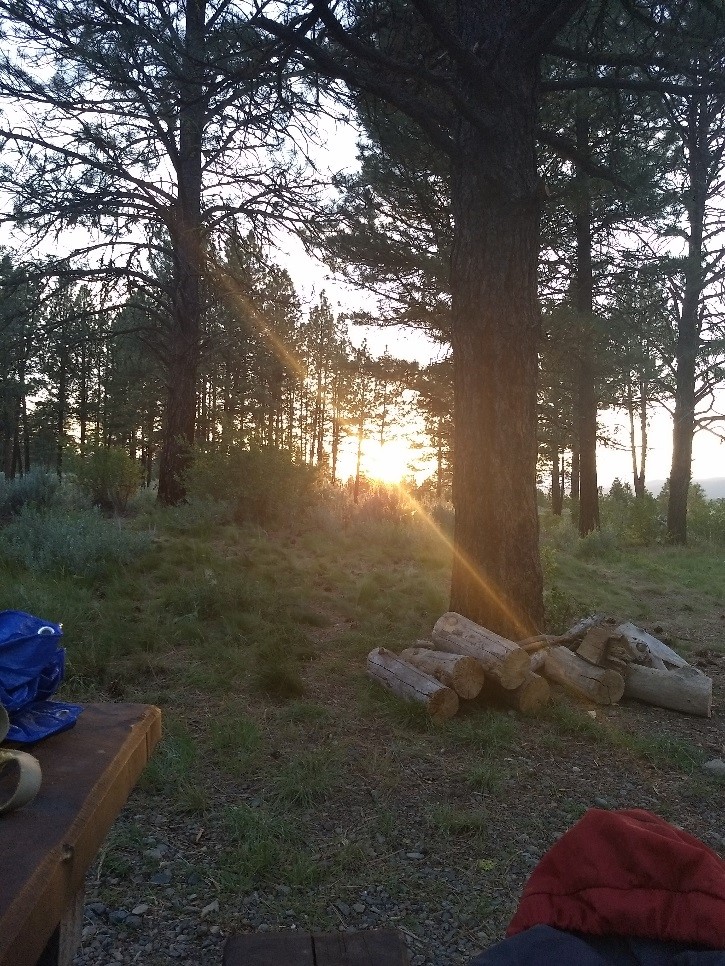In the pacific northwest now known to nest high in trees in old growth forest several miles inland from coast.
Marbled murrelets biome.
It is a member of the auk family.
Throughout their range marbled murrelets are opportunistic feeders and utilize prey of diverse sizes and species.
Key tree species for nesting are douglas fir alaska yellow cedar western redcedar western hemlock mountain hemlock sitka spruce and coast redwood.
The nonbreeding plumage includes a strip of white between the back and the wing thus the name marbled.
These plants only grow in moist forests usually where winter rains are plentiful and fog is common.
Marbled murrelets are long lived seabirds that spend most of their life in the marine environment but use old growth forests for nesting.
It nests in old growth forests or on the ground at higher latitudes where trees cannot grow.
Although it is fairly common off the northern pacific coast its nesting behavior was essentially unknown until the 1970s.
Epiphytic moss is important for marbled murrelets nesting.
And about that arcane nickname even though scientists didn t know that marbled murrelets lived up in the old redwood trees before the early 1970s locals knew something lived high in the canopy.
A strange mysterious little seabird.
Even where numerous it is usually seen on the water in pairs or aggregations of pairs not in large flocks.
Its habit of nesting in trees was suspected but not documented until a tree climber found a chick in 1974 making it one of the last north american bird species to have its nest described.
It has a dark brown to black dorsum and a white venter and throat.
The marbled murrelet brachyramphus marmoratus is a small seabird from the north pacific.

